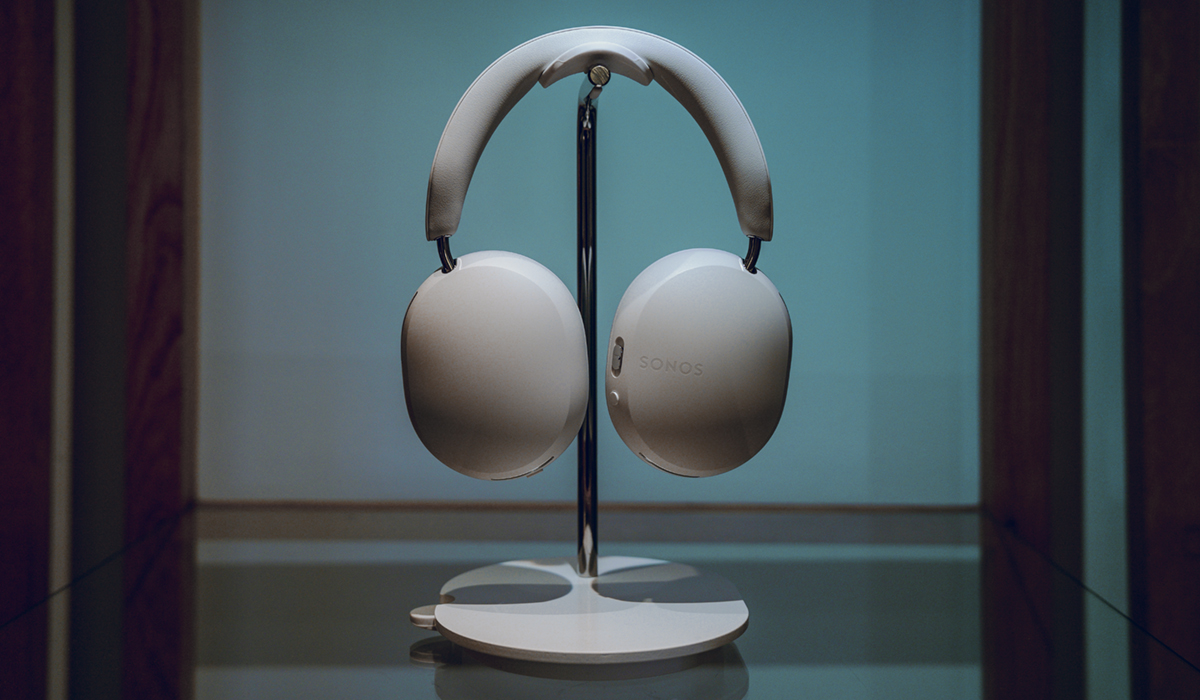
The Sonos Ace headphones officially add a new major focus within the brand’s audio product line, and turn out to be a solid debut. It took years for this to happen, and Sonos has admitted as much by publicly stating headphones were at the top of consumer requests for future products. Now that the Ace are out in the wild, how does Sonos’ sound transition from speakers and soundbars to over-ear headphones?
There are plenty of companies who make both speakers and headphones. Walk into any Best Buy and you’ll see the examples, but the two categories don’t always intersect. Sonos built the Ace with its ecosystem in mind, only it appears to be taking a cautious approach that may require patience if you’ve already got Sonos in your home.
Comfort

I got to see the Ace when Sonos first unveiled its headphones at an event in New York, so I won’t rehash all the same details here. Still, there are differences that come up when spending ample time with a product compared to limited first impressions. I came away surprised at how comfortable they were to wear over longer periods, and a lot of that is because of the effective cushioning along the headband and ear cups. Additionally, it’s also because the cups are larger and envelop the ears without feeling a squeeze.
I’m lucky in that headphones rarely make me feel any discomfort but these were especially easy to wear. After testing them for a while, I also think Sonos was right to stay away from touch-sensitive controls and stick to buttons instead. I had a few problems getting them to work, which I’ll touch on later.
Setting up the Sonos Ace
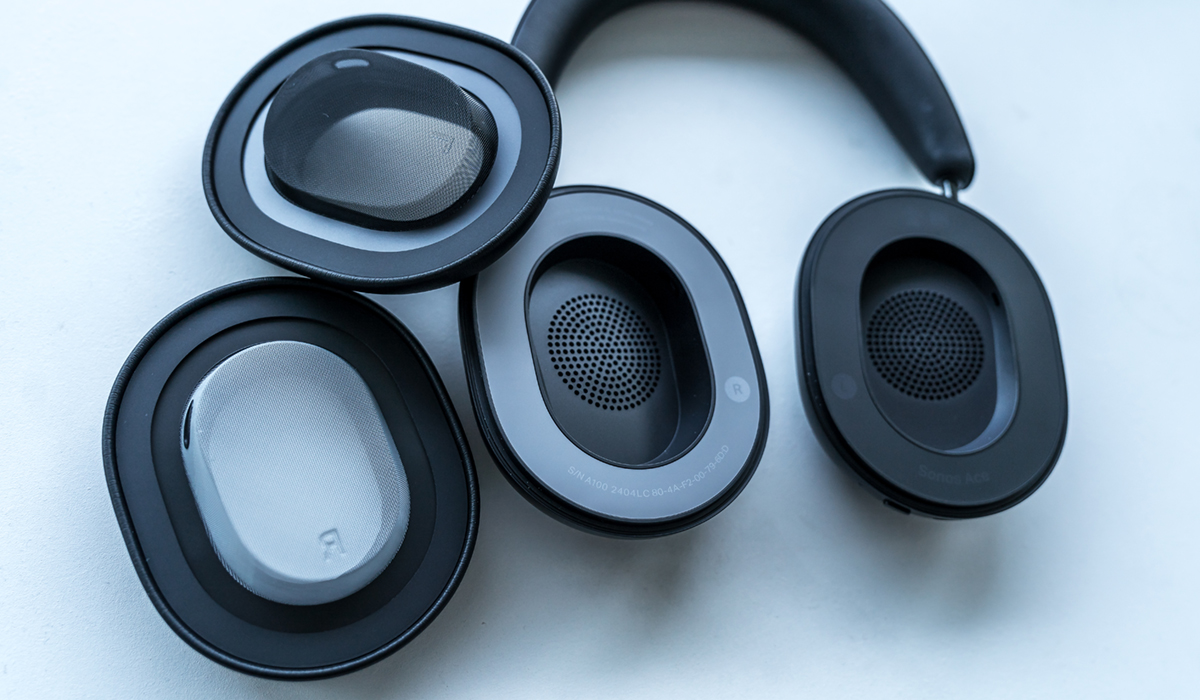
The setup is interesting because it sort of comes in two phases. The first is the initial pairing with your phone, tablet, or computer. Ideally, you’ll want to do it with a phone or tablet (iOS or Android) through the Sonos app where you just follow the steps to pair via Bluetooth. Once done, the app will likely download and install a software update for the Ace to bring it in line with the latest features. That’s also where the second phase comes in to integrate the headphones with your Sonos system, though that depends heavily on which exact units you have.
One glaring difference off the bat is the Ace don’t offer the kind of granular app control others do. Headphones, whether they come at a premium price or not, often have dedicated apps offering all sorts of customization. That’s not the case here.
Protective case
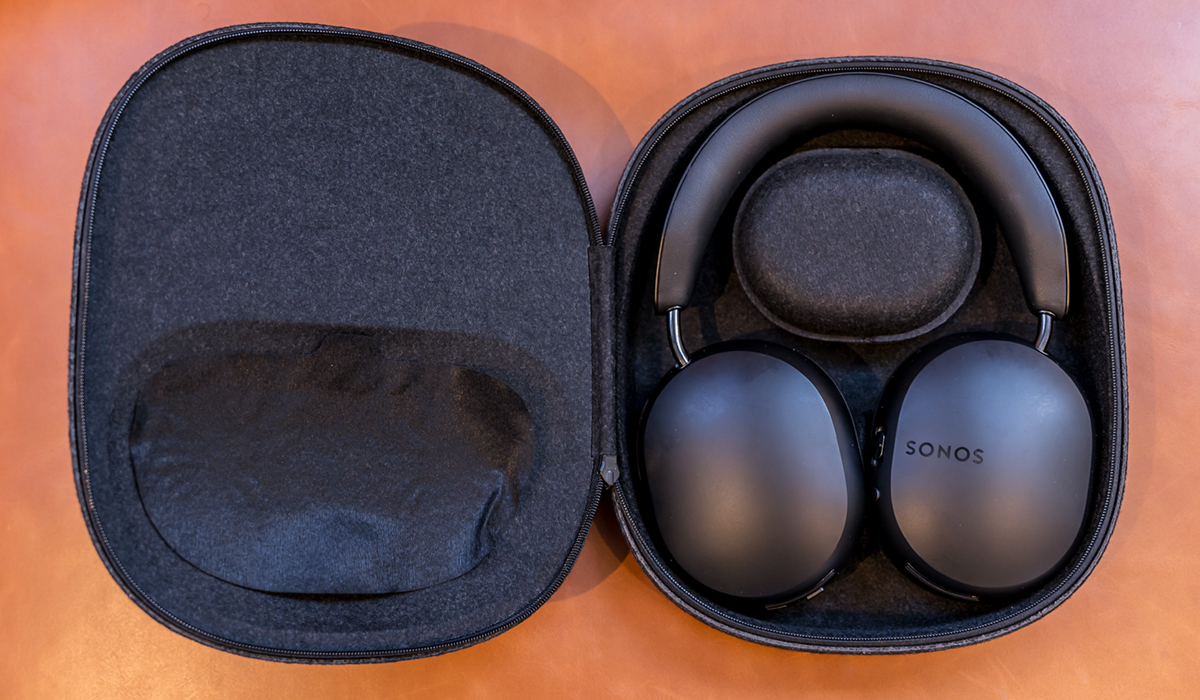
I should also mention the protective case that comes with the headphones. Made from recycled water bottles, the felt texture can sometimes pick up unwanted lint and isn’t as easy to clean as other materials. I chose a lint roller as a workaround to do the trick. Otherwise, the case is pretty solid, but I would’ve liked to see a way to secure the cable pouch instead of it flopping around whenever I take out the headphones. I will say, though, I really like that you can remove the ear cups because I’ve never had an easier time cleaning them.
Sound quality and noise control
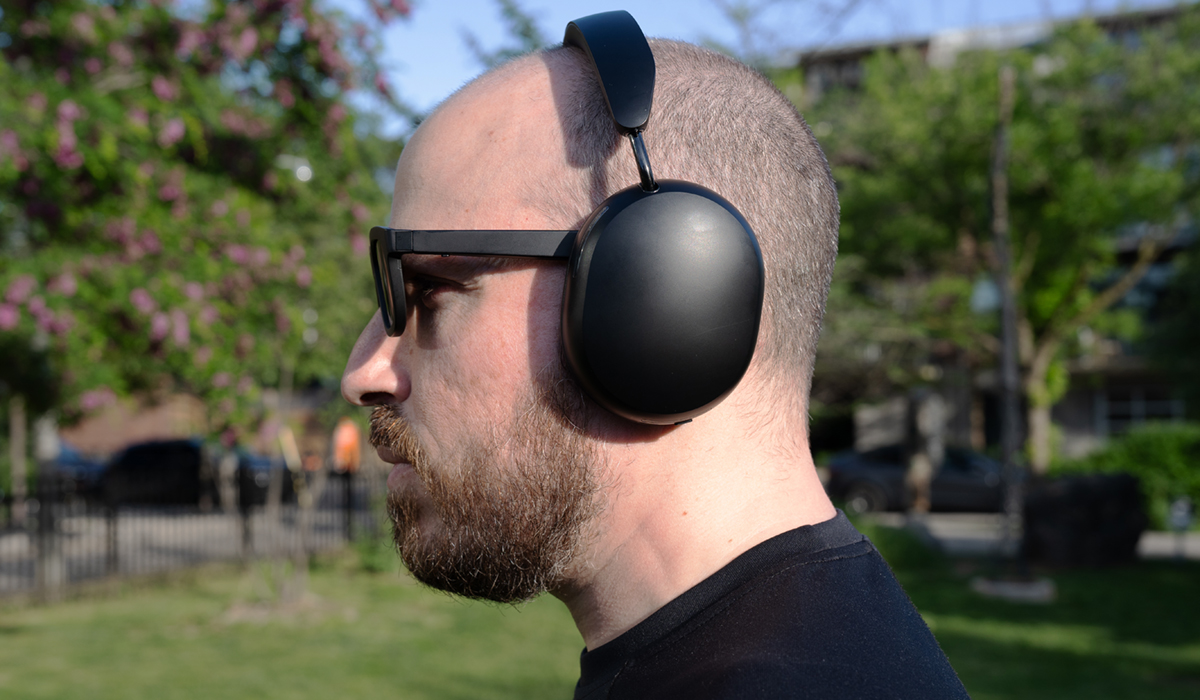
To be fair, Sonos makes up for some of the linearity with stellar performance in ways that matter. I’ll start with the active noise cancellation (ANC), which I got to test in a variety of situations, like a plane, subway train, street traffic, and just general confines at home and in public. It’s surprisingly good at blocking a wide range of frequencies, making it consistent whether it’s the droning noise of an engine or the squeaky brakes of a train. It was difficult to hear any announcements or even someone talking next to me. There is no scale here, though, so you can’t adjust the noise cancellation’s potency, but if you’re looking to block out the world, the Ace are up to the job.
I was equally impressed with the Aware mode, which lets in so much ambient sound that it almost felt like not wearing headphones at all. The Noise Control button on the right ear cup cycles between the two modes (there’s no in-between or option to turn them off), simplifying access to the kind of isolation or awareness you want anytime. For phone calls, this kind of openness makes conversations feel more natural.
These two modes also play a critical role in how you enjoy the music you like listening to. Sonos tunes the Ace to feel a lot like its speakers, which is to say that they strike a balance without skewing too far either way. Bass certainly thumps off the bat, while the treble resonates with a nice punch. The mids are a bit muted at times—more noticeable with some genres (rock, jazz, pop) than others. Strong noise cancellation does a great job isolating the audio so you don’t have to turn up the volume all the time. Unfortunately, the Sonos app doesn’t give you a multi-band equalizer to adjust the mids, leaving you only sliders for bass, treble and loudness. To access those, you need to go into the Sonos app and look through the Ace’s settings.
Hi-res audio, wired playback, spatial audio
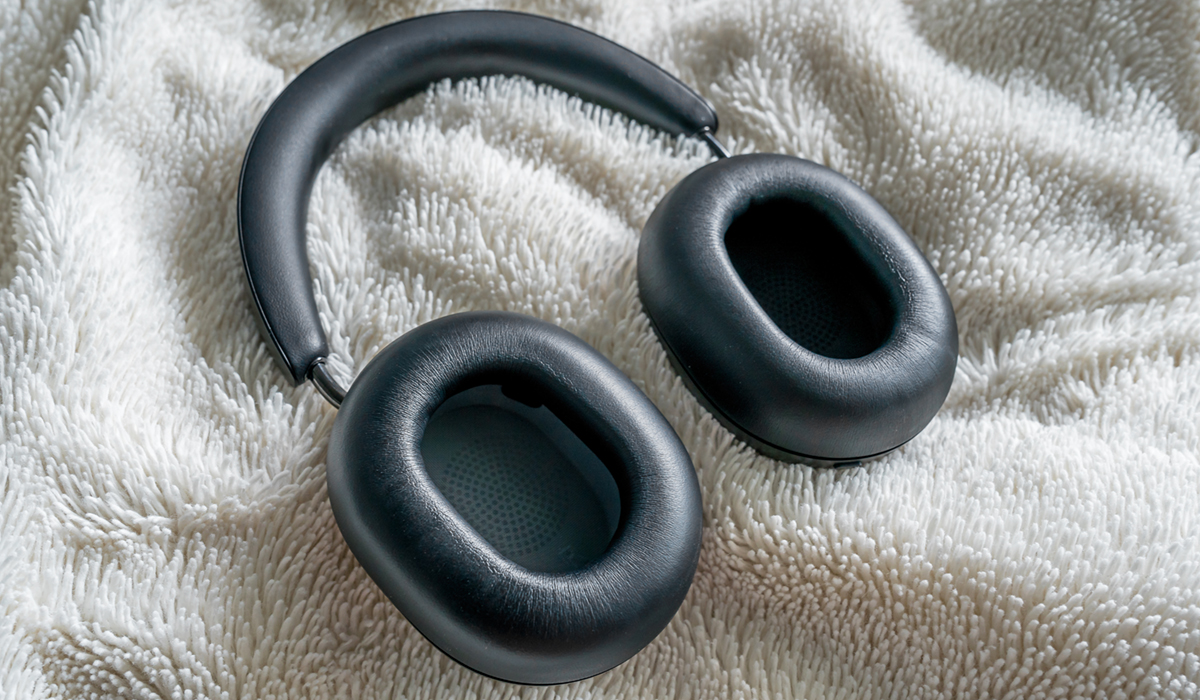
Sonos wisely includes two cables—one USB-C-to-USB-C and another USB-C-to-3.5mm—for wired playback. While you can listen to hi-res audio via Bluetooth from sources supporting the aptX Lossless codec, wired playback takes it further. I tested this listening to hi-res tracks from Amazon Music and Tidal on both an iPhone 15 Pro (wired) and a few Android phones (wired and wireless) to gauge performance. If you like hi-res audio, you’ll appreciate how clear the Ace sound.
Spatial audio works in both wired and wireless setups courtesy of Dolby Atmos support for virtual surround sound. This includes head tracking, if you want that, adjusting the directional sound based on how your head moves, which you can turn off anytime.
Dolby Atmos support applies to both music and video encoded with it, so if it’s music from, say, Amazon Music or Apple Music, or a movie on Netflix, you should hear the virtual surround effect. The Ace will play any content in spatial audio, though the effect will sound different depending on whether it’s Atmos or not.
Home theatre and system integration

I suspect existing Sonos system owners will be surprised to learn the Ace headphones don’t really communicate with the company’s speakers. In other words, if you’re thinking you can just transfer tunes from a speaker to the Ace on your way out the door, you won’t be able to do that here. These are Bluetooth headphones first, leaving them somewhat disconnected from the broader Sonos experience.
The only current exception is the Sonos Arc soundbar, where you can set up the Ace to work in what the company calls TV Audio Swap. I needed an iPhone to set this up because it’s not yet possible on an Android device until a promised future update extends compatibility. It works really well and is easy to manage. Either press and hold the Content Key slider button or tap Swap in the Sonos app to switch audio.
I can see this feature saving couples and families from many arguments, especially for those gaming or staying up late because the Ace play any audio passing through the Arc, no matter if it’s a live channel, streaming app, or video game. All of it works. The plan is to extend support to the company’s other current soundbars later on: the Arc SL, Beam 2, and Beam and Ray. That support may coincide with a newer feature called True Cinema that will match the room’s acoustics and apply them to the sound you hear through the Ace headphones.
Battery life
Sonos rates battery life up to 30 hours per charge but you’re not likely getting there if you mix things up. By that I mean you’re using the audio swap with the Arc or streaming audio at higher volumes. It’s hard for me to approximate how long that might be but the Wi-Fi connection between the Ace and Arc definitely drops the battery more precipitously. Sonos’ claim that you can get up to three hours of playback on a quick three-minute charge is true, though the same variables apply. Crank up the volume and it won’t be three hours.
Final thoughts on the Sonos Ace
The Sonos Ace are an interesting entry point into an established category, and impress with their solid mix of comfort, noise control and sound quality. Not all current Sonos users, especially those with speakers (not soundbars), will be thrilled with the lack of compatibility, so the choice may be a tough one. Sonos will add new features in the months to come but hasn’t confirmed anything about integration with its speakers. As is, the Ace are compelling and competitive against the likes of Sony, Bose and Sennheiser, which bodes well for what might come next.
The Sonos Ace are available in either black or soft white. Check out all the other current Sonos products available now.





